|
Yes, this is how to address a harvest mouse in Latin, should you wish to. Our new Young Nature Watch page has lots of lovely links to information about these delightful creatures, including a charming 18thC poem. Along with, of course, info on how to join this Young Nature Watch field trip on 17 October.
Poor weasels. Just because they're small and quick, why is being a human weasel someone not very nice. Same as being a sly fox, I guess.
The Guardian online has a little item in its Specieswatch series that tries to restore the reputation of 'the UK's tiny hunter', here, along with a pretty pic. Hedgehog numbers in the UK are estimated to have dropped by 95% since the 1950s. Hedgehog expert Hugh is fighting to save the nation’s best loved animal. His petition for ‘hedgehog highways’ to be installed in all new housing developments has over 800,000 signatures - and thanks to this public pressure major developers are now starting to include them.
But Hugh wants the Government to make it law to help hedgehogs across the country survive. Will you sign his petition to keep the pressure up? Go to the petition to add your voice If you've not yet signed up for Izzy's blog, I can only warmly recommend it. Her most recent post about ringing birds on Martin Down has some absolutely magical photos. All the birds look completely happy! a tribute to the expertise of the ringers.
Do go to mynatureandphotographyblog.wordpress.com/ and enjoy a regular boost to morale.  Lampreys Tiit Hunt, CC BY-SA 3.0 httpscreativecommons.orglicensesby-sa3.0, via Wikimedia Commons Lampreys Tiit Hunt, CC BY-SA 3.0 httpscreativecommons.orglicensesby-sa3.0, via Wikimedia Commons Well, some of us were brought up on King Henry 1 having died of a 'surfeit of lampreys', but I doubt anyone thought they (if they had any idea what 'they' were) could be found in our very own Nadder. However, it was Henry who probably 'defined' Clarendon Park, just the other side of Salisbury, and built the Hunting Lodge there - apparently out of Tisbury stone. So maybe it was Nadder lampreys he died of! This was a great opportunity to see the myriad forms of life that exist in our local river - including, as it turned out, lampreys - under the expert leadership of David Holroyd who is Membership Secretary Teffont Fishing Club and River Monitoring Coordinator for Salisbury and District Angling Club. As with our Harvest Mice Nest survey, there was a serious side to this. David explains that river quality and wildlife is deteriorating at an accelerating rate. This is particularly so in Wiltshire and Hampshire where 95% of the planet’s ‘Chalk stream habitat’ is located - strictly speaking the Nadder isn't itself a chalk stream although very similar. Because of the threat of continued deterioration and its unique nature and biodiversity, the whole of the River Avon and its four tributaries are designated a SSSI and subject to the status of being a ‘Special Area for Conservation’. David led members including Izzy Fry and other members of our Young Nature Watch group, to a favourite stretch of river, just outside Teffont Evias, where he collected samples from the river and brought them it to the bank for examination close-up in a sampling tray. As well as the lampreys and a number of insects, there were also brown trout, grayling, chub, dace and minnow. David says that the Nadder is currently in good health and being monitored throughout its length. This is especially important as the Nadder is also a key spawning habitat for the Avon Salmon, which is particularly endangered - and indeed, excitingly, salmon parr were also found. David's full account and list of sightings is here and there's an excellent account of the life-cycle of salmon here.
Andrew Graham said how fascinating – and surprising – it was to discover the wide variety of insects that give life to our rivers. He added, 'I have never seen a lamprey before and it opened my eyes to how much is going on in the Nadder, which to my ill-informed eyes, has always looked a bit uninteresting going through the village...' Certainly, to judge by these photos, a great time seems to have been had, as they say, by all. Great weather, too. The Vapourer moth's and the Knotgrass moth's caterpillars are quite similar. The moths are pretty small but seen here actually quite handsome. All grist to the learning mill.
I've realised that August into September are really good months for wild flowers. I always expect the Spring to be best but am usually disappointed - except this year's orchids were really gorgeous.
Debbie Carter's been out walking on Battlesbury Hill - on the edge of the Plain, near Warminster. You'll need to get close to appreciate this amount of detail, but it never ceases to amaze me how exquisitely constructed flowers are, often to suit a particular kind of bee. Horseshoe vetch is an essential plant for the Chalkhill and Adonis Blue butterflies as their caterpillars feed solely on it; it is also used by the Dingy Skipper. 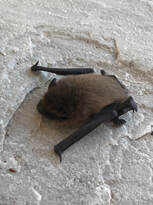 Dick Budden's patch down by the Nadder provides a wealth of interest - flowers, butterflies, caterpillars - and now, a visiting bat. It was 'grounded', but left to its own devices it flew off, unlike a swift with similarly long wings which wouldn't be able to do so. We reported earlier on the healthy bat population along our Nadder River - this site is further downstream but it would seem also has a good number. This is a Common Pipistrelle - though not so common on the ground. If you should find one in your house, probably on a wall or curtain, don't panic - leave it be till the evening and then just turn all the lights off and open the window, and it'll be gone. That video I posted commenting, 'I've never seen anything like it,' was just the start. Here's a lovely one quite possibly including mine, of house martins having a final guzzle of the insects at Portland Bill before they set off across the seas, mountains, deserts and forests.
youtu.be/_gs2lUE19Y0 We were very pleased to be able to hold this Talk.
Alex is a Tisbury resident and an environmental scientist by training who well understands the complex environmental challenges that face our rivers. He joined the Trust after a spell in the North West as an ecological consultant, carrying out impact assessments for a wide range of infrastructure and restoration projects. Before that he worked for the Environment Agency monitoring fisheries and the environment in the Thames region. |
Photo: Avocets (Izzy Fry)
The headers display photos taken by our members. Do get in touch via the Contact Form if you'd like to submit a photo for selection.
Archives
May 2024
Categories
All
|

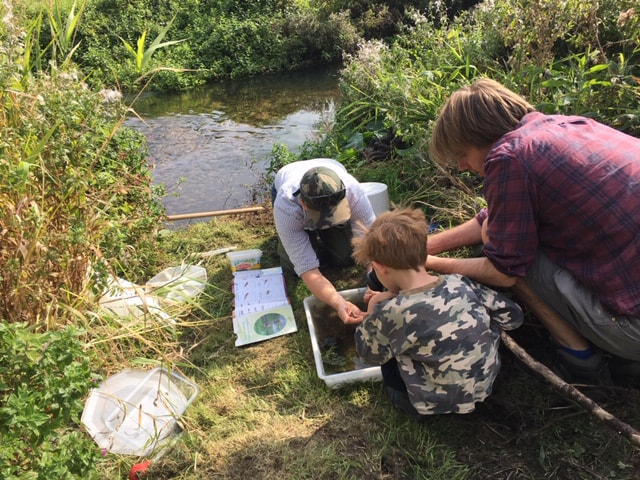


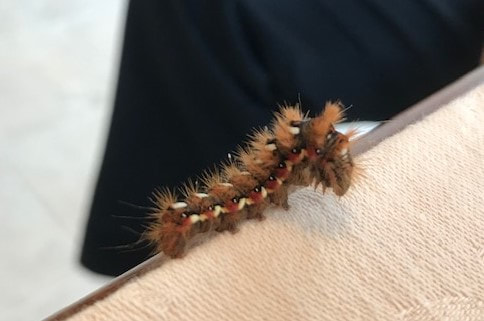

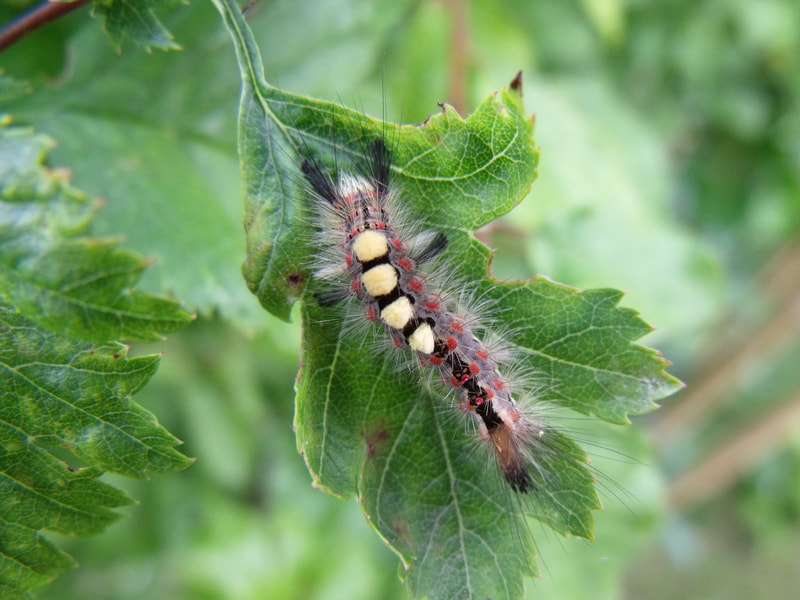
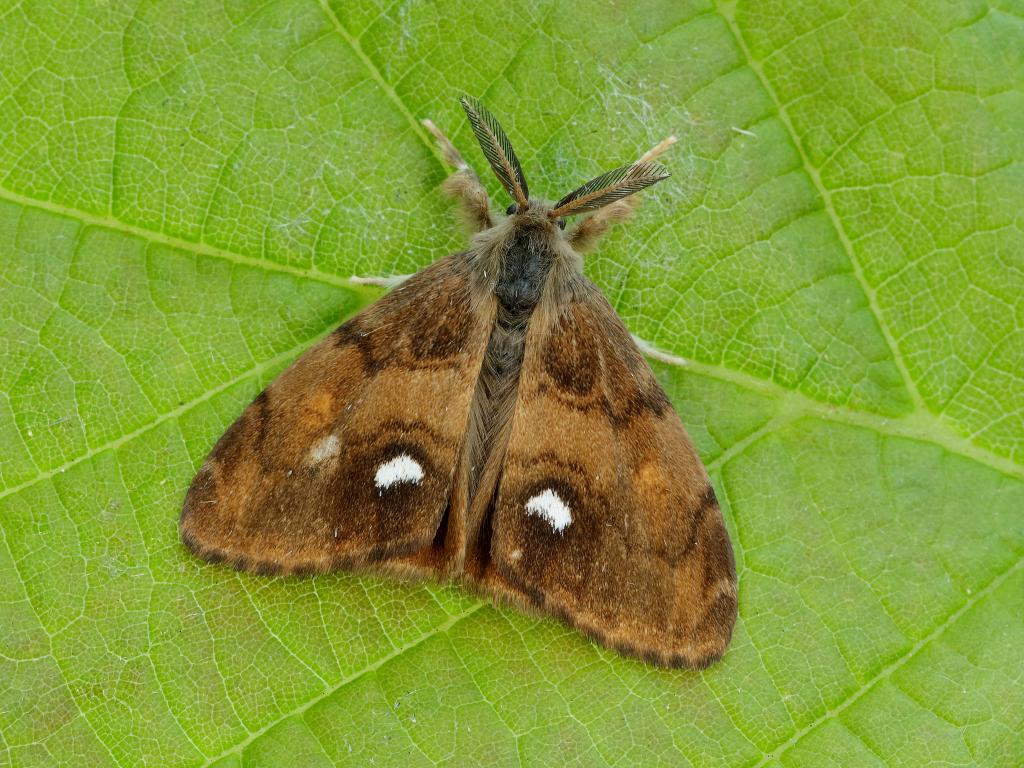
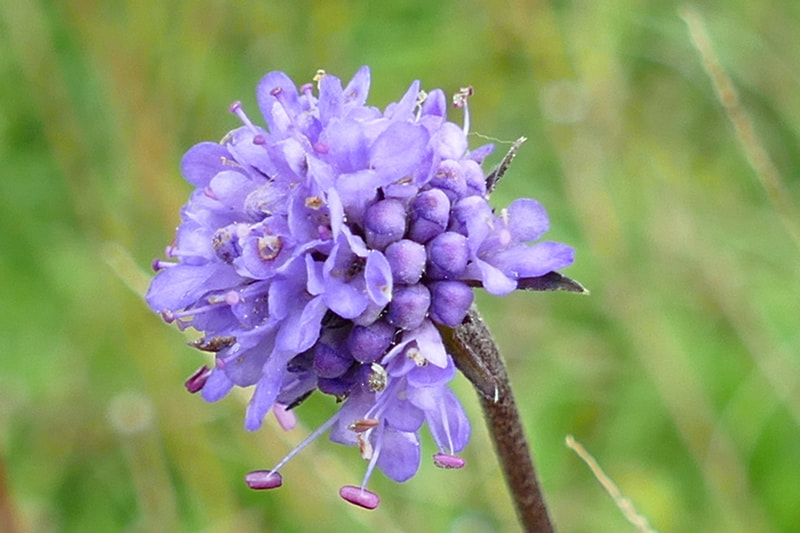




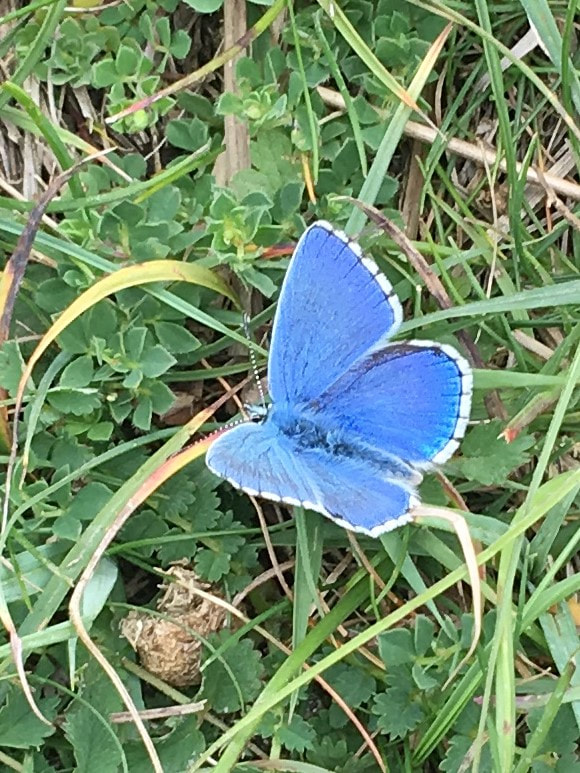
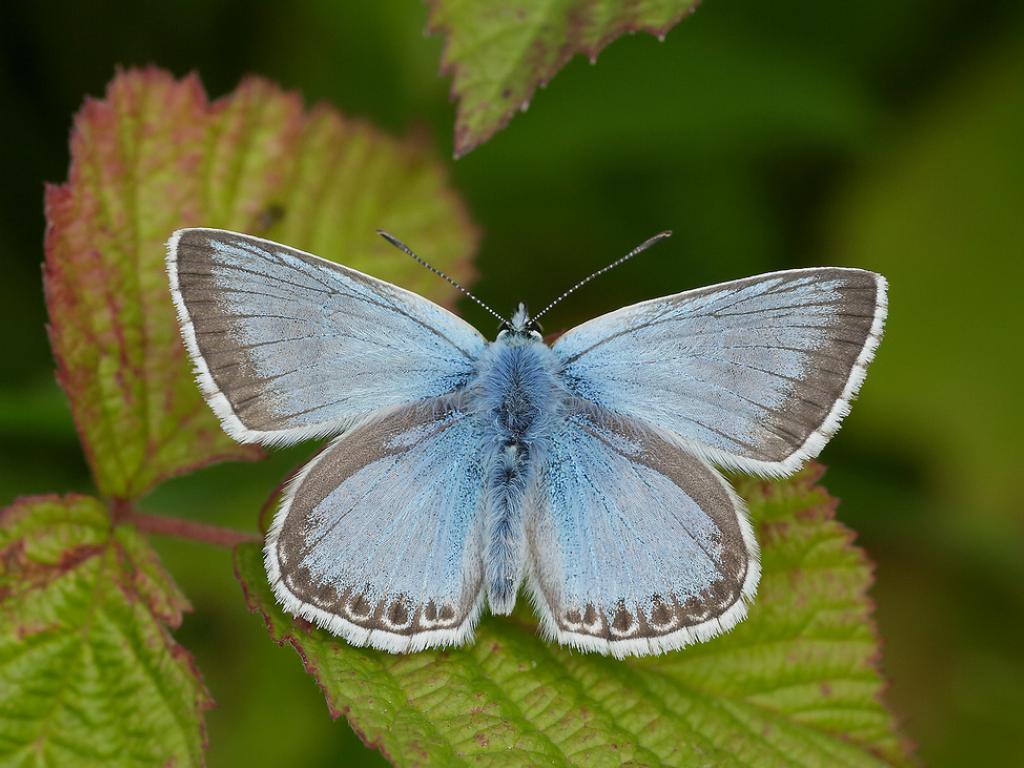
 RSS Feed
RSS Feed